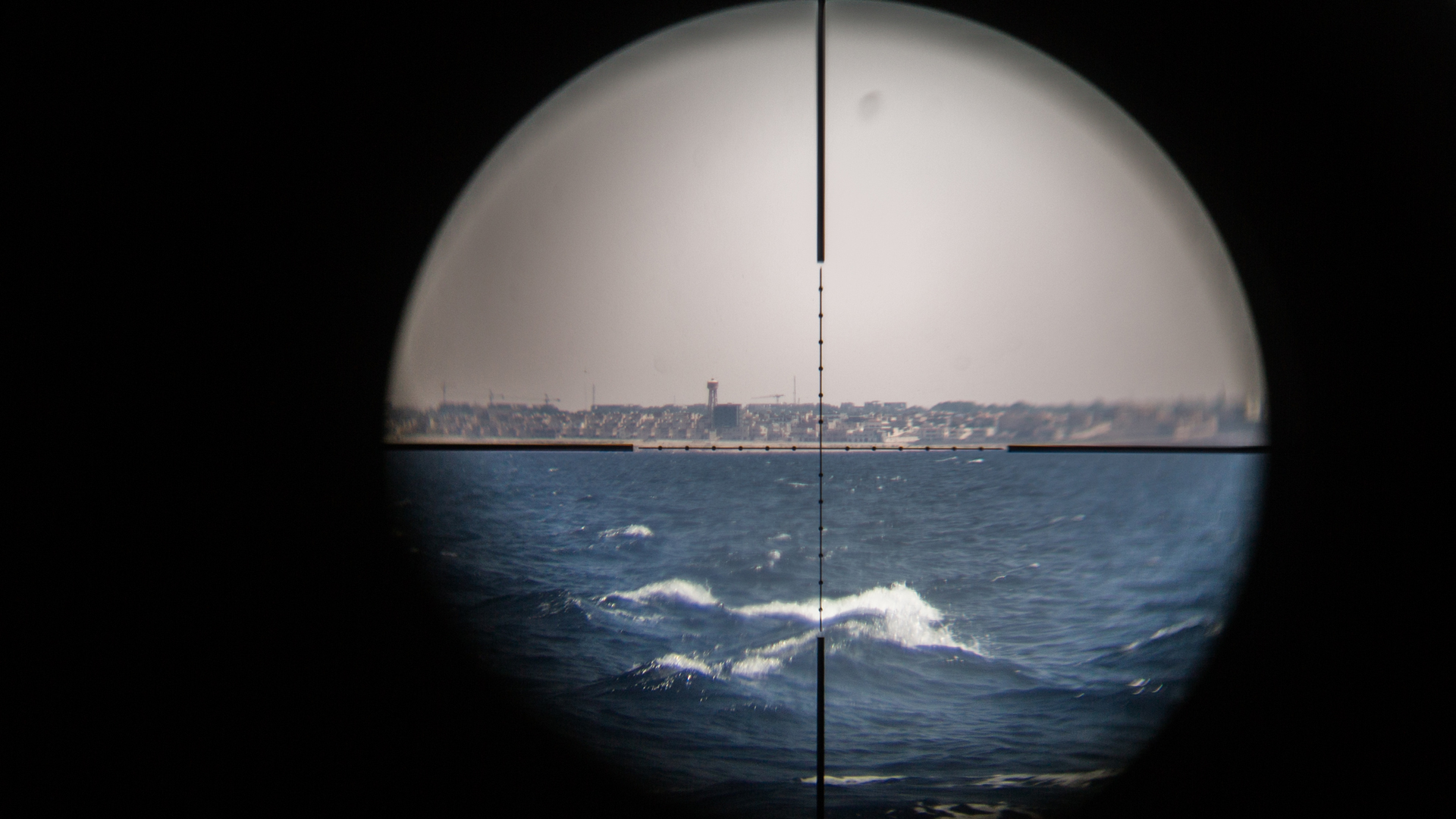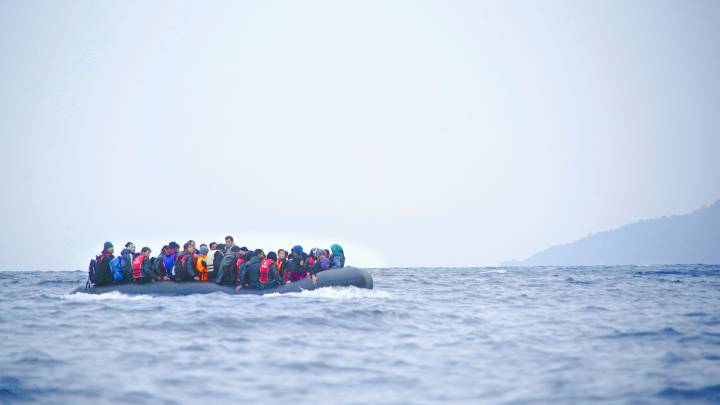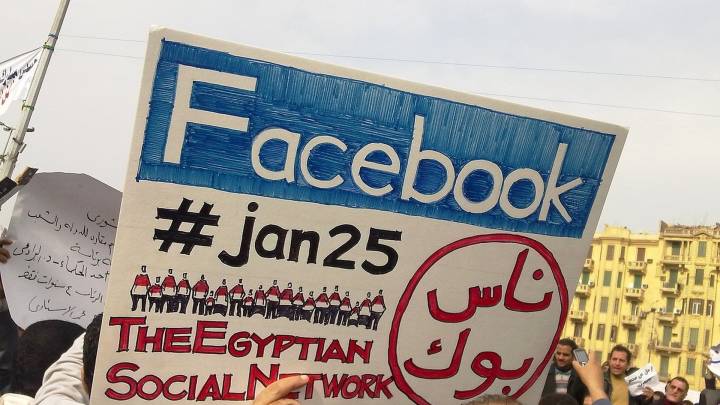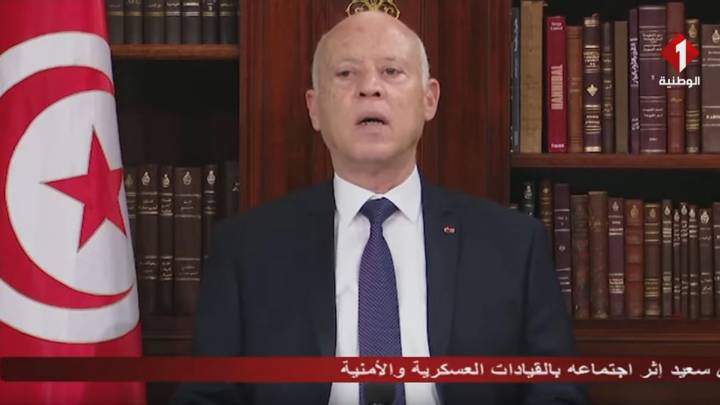While Tunisia has struggled with its own security concerns and economic problems since the 2011 revolution, ongoing instability in Libya poses a continued threat.
Tunisia has faced many challenges since its 2011 revolution, especially security and the economy, and lawlessness in its southern neighbour Libya have only exacerbated them. The twin terror attacks in 2015 at the Bardo Museum and in the beach resort of Sousse, events which decimated the vital tourism industry, were carried out by young Tunisians who trained in Libya.
They remain to this day the deadliest terror attacks in the history of Tunisia, but are just one strand in a complex web of warfare, extremism, smuggling and corruption, a web which is slowly unwinding with still unknown consequences for the Tunisian state.
Tunisia remains vulnerable to terrorist attacks due to its vicinity to Libya, which lacks fully functioning intelligence and security services, though over the past three years the country’s forces have become better trained and equipped. They are now preventing attacks instead of reacting to them, say analysts.
“Men can receive military training in Libya, operations can be planned out and launched on Tunisian soil,” says Tarek Megerisi, a Libyan political analyst and researcher. “IS and other groups count numerous Tunisian and foreign fighters who will gradually leave Libya and eventually choose to head towards Tunisia, among other places.”
Tunisia has been one of the largest source countries for foreign fighters joining extremist organisations, most prominently the so-called Islamic State (IS), as well as Al-Qaeda in the Islamic Maghreb (AQIM), two terrorist organisations that have had a destabilizing influence on Tunisia and countries in the Sahel.
Although there are no definite figures, from 2011 to 2017 between 3,000 and 4,000 young Tunisians are estimated to have left for Syria and Iraq to join jihadist organisations, and at least 1,500 or more for Libya, according to estimates quoted in an IAI research paper.
At least 970 fighters have since returned home, according to the Rescue Association for Tunisians Trapped Abroad, but this leaves a large number of fighters still at large. And with the fall of IS in several areas of conflict, there are fears that North African foreign fighters who travelled to join jihadi groups in Syria and Iraq may migrate to Libya and reinforce the jihadi affiliates of IS or al-Qaeda there, or return home to Tunisia.
Tunisian fighters in Libya; ISIS in retreat
Across the border In Libya, there is anecdotal evidence suggesting that Tunisian fighters play a significant role in radical Islamist groups, says Megerisi. However, he cautions: “It’s true that many of these people are of Tunisian origin, but it’s not fair to blame it on the Tunisian state. It’s an ideological problem, not a geographical one.”
Rafaa Tabib, a Tunisian geopolitical expert and researcher with a focus on Libya, believes that while Tunisian combatants make up the bulk of specific terrorist groups in some parts of Libya, they are just a “strong arm” under the control of Libyan factions, subject to internal Libyan strategies.
In recent months, IS fighters including Tunisians carried out an attack in Tazerbo in southwest Libya, while in a separate incident a Tunisian man affiliated with IS was caught by LNA forces during a military raid in the Koufra region of southeast Cyrenaica, says Tabib.
However, despite the seriousness of the issues at stake, much of the public discussion is undermined by a lack of hard data. In referring to the substantial presence of Tunisian fighters in some parts of Libya, Tabib says there is no clear-cut way to identify or count the terrorists. He says Tunisians can be found in terrorist groups like IS and Ansar al-Sharia, as well as in the ranks of some tribal militias whose actions resemble those of terrorists.
In addition, the number of Tunisian fighters joining IS in Libya is mostly based on estimates, not actual figures, analysts claim. That in turn puts limitations on getting a clear idea of the risk of ongoing radicalisation of Tunisian youth.
Nevertheless, IS appears to be in retreat inside the country, says Ludovico Carlino, MENA senior analyst at IHS Country Risk, who specialises in jihadist movements across the region. In December 2016, backed by US airstrikes and commandos, local militias, notably those from Misrata, drove the IS Libya affiliate from its base around Sirte, Muammar Gaddafi’s hometown, dispersing it to southern Libya.
Moving further away from areas close to the Libyan-Tunisian border, IS today has “a much more limited capability” to project jihadi activities into Tunisia, says Carlino. In contrast to 2014 and 2015, when it seemed to expand and gain control of key enclaves in the vast oil-rich country, such as Sirte, the jihadi group is now in the process of “reconstituting itself” in order to plan operations beyond Libya later, rather than prioritising the transfer of militants into Tunisia, believes Carlino.
“Right now, the southern borders are more beneficial to Daesh’s current strategy, allowing them to resupply the group with arms and militants,” he observes.
But at the same time, he says, Libya continues to be highly unstable and recent fighting over control of Libya’s largest oil field has the potential to upset the delicate balance maintained in the south by local tribes. Renewed hostilities between the GNA and the LNA could give IS a chance to reassert itself in these areas. According to the MENA expert, this would give the organisation more leeway to win back part of the power lost, and possibly to head north to target Tunisia and other areas.
Megerisi, who is also a policy fellow with the North Africa and Middle East programme at the European Council on Foreign Relations (ECFR), says IS forces have been shifting towards the west as they have been gradually pushed out of central Libya, and are believed to have re-grouped near the northwestern city of Bani Walid, based on Libyan military intelligence sources. Therefore, if IS fighters continue to move westwards, they are likely to cross into countries like Algeria and Tunisia, he suggests.
Meanwhile, Tabib believes Tunisia faces security threats from factions in particular areas of Libya. Tunisians from terrorist cells like Ansar al-Sharia are still active along with other foreign fighters in certain parts of the lawless country. They are supported through financing, guidance and training provided by Libyan militias around Zawiya and Tripoli, for example, or by Libyan jihadist affiliate organisations including Ansar al-Sharia’s local sister group.
Tabib also points to Tunisia’s porous southern border, where smuggling and contraband trade with Libya are often the only sources of income. He explains that armed Libyan groups operating on the border are linked to trade networks and cross-border trafficking.
With the proliferation of armed groups on the Libyan side of the border, weapon and drug trafficking has taken roots in the borderlands, leaving Tunisia exposed to the smuggling of harmful (prohibited) goods, criminal activity and the movement of jihadi militants.
“There are around 25 million pieces of arms circulating in Libya in a near-total absence of the state, especially in the western region,” says Tabib, who is affiliated with the Tunisian Institute of Strategic Studies (ITES). “We’re having to deal with a new reality where there’s a functioning central state sitting next to a country in total chaos with armed groups moving around freely.”
The problems of divided power
Libya’s power structure revolves around two rival administrations, the internationally-recognised Government of National Accord (GNA) in Tripoli, headed by Fayez al-Sarraj, and the Tobruk-based government led by Khalifa Haftar, general of the self-styled Libyan National Army (LNA). Both lack real control over Libyan territory, though Haftar is seen as ascendant and his forces recently captured large amounts of territory in the country’s south.
The absence of a single institutional interlocutor and of central army authority on the Libyan side is a crucial problem for Tunisia, says Tabib. Divided governance and a medley of militias make it hard for any country to communicate with one government instead of the other, which means either talking to the UN-backed Sarraj administration or not siding openly with its rival. That complicates counter-terrorism efforts.
While there is significant security cooperation between the two countries in terms of information-sharing, particularly in the frontier region, it is very difficult for Tunisia to establish clear relations with the two major Libyan parties, says Tabib. “Libyan institutions are very immature in that they haven’t developed strong procedures and protocols. Their capacity to be real partners is not there, and they don’t have a strong grip on their own territory right now.”
Megerisi argues that Tunisia’s Libya policy has consisted of attempting “harness other actors into a unified diplomatic approach”, acknowledging that Libya’s stability is key to Tunisia’s long-term stability. He believes it should continue to push Libya towards unification through a more constructive approach, and that Tunisia is already a focal point for Libyan politics and diplomacy.
A Tunisia-sponsored summit with Algeria and Egypt in February 2017 is one example of Tunisian diplomacy at work, attempting to channel regional diplomatic efforts into a combined approach. The resulting declaration adopted at the summit “rejected military intervention and external interference in Libya and called for the preservation of a unified set of Libyan institutions”, says Megerisi.
It is thus unclear whether Tunis has the ability to bring Libyan parties to the table with regional actors, or if it can direct a regional approach to peace in Libya.
The question of taking back IS fighters
Amid much public discussion on how governments around the world should deal with IS fighters returning to their home countries, the Tunisian government is planning to rehabilitate and reintegrate foreign terrorist fighters and their families in compliance with domestic and international law, Tunisia’s Foreign Ministry has told Human Rights Watch.
The question of taking back IS fighters has however been received with widespread rejection among ordinary Tunisians, with some politicians even calling for them to be stripped of their nationality. The Tunisian Constitution prohibits denying or revoking citizenship, or preventing citizens from returning home.
While Libya wants its neighbour to address the issue of repatriation of suspected Tunisian IS fighters in its entirety, Tunisia appears to be focusing on repatriating the children. One major concern is whether returning terrorists will become involved in militancy within and outside the country.
Sharan Grewal, an expert on security matters in Tunisia, told The Media Line that the Tunisian government does not have a clear programme to reintegrate those returnees, instead keeping them under house arrest or monitoring them.
“It keeps them in the same marginalised and repressed conditions that may have contributed to their radicalisation in the first place,” Grewal said. “It therefore risks renewing their commitment to IS and could spell future terrorist activity domestically or abroad.”



